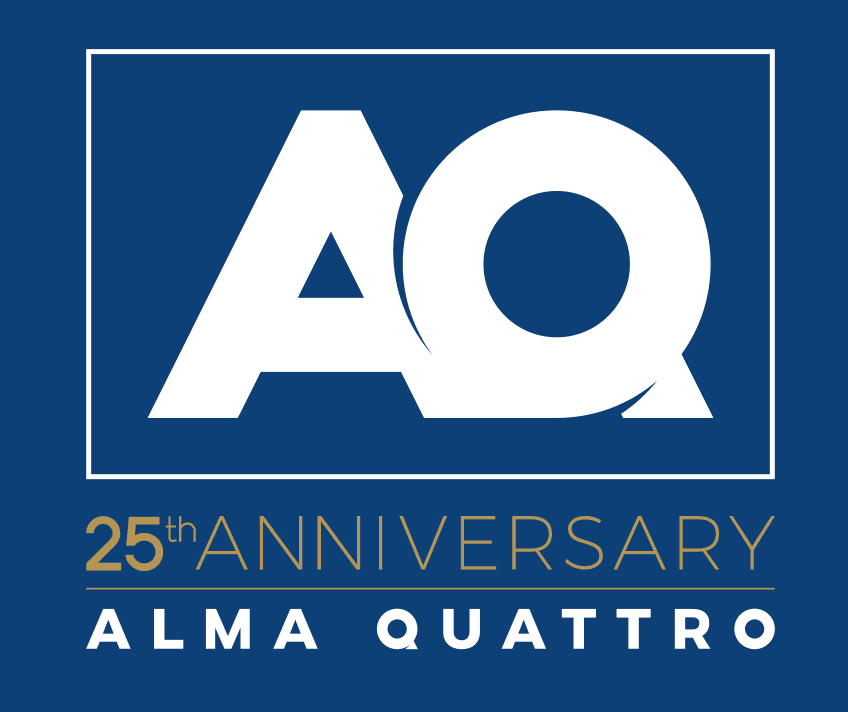
Copyright: Illustrator Iva Kujundžić
A POSTER FOR TESLA
BELGRADE
SERIAL: OOH DEVELOPMENT IN SERBIA - PART 2
Created: Jul 24, 2019
According to an urban legend, the oldest OOH advertisement was a Chinese advertisement of a shop carved on a stone tablet.
During the 1930’s, Belgrade was a metropolis and the crossroads for manufacturers and brands from the entire Europe, of which some still exist today.

Back then, the buildings of the Belgrade Fair were shining. The architecture of the Fair was at least 40 years ahead of its time and did not fit in the remaining part of the big city. It more resembled EPCOT, Disney’s dream of the future city or a futuristic Hollywood studio on the other side of the planet.

On the front wall of one of the Fair halls, there was a poster of big dimensions, which (against the popular opinion) proves that the first radio in Serbia was Tesla from Pančevo, even before the First World War.

The closest to the innovate version of OOH that we know today were special structures for manifestations and events, rare but creative, such as Koh-I-Noor exhibition/information booth. Ironically, after the Second World War, before the complex was demolished, the Old Fair became a retreat for artists and painters.

At the Old Fair Philips had its own pavilion, to which the first TV studio on the Balkans was attached.

Apart from the centre of the city, few advertising columns were also installed at the Old Fair, since it was the location intended for the marketing and advertising of domestic and foreign products. This time the advertisement was for Bajloni Beer.

Advertising columns were a kind of notice or bulletin boards. Readers were given information and promises about perfume notes, about medicines that eliminate pain, about remedies that heal all illnesses, about circus acts and performances that they couldn’t even imagine as well as cheap tailoring services.

On Terazije square there was a rectangular advertising column with slots for advertising panels. The question remains whether it was illuminated or not, what material was used for making those panels:
Stained glass or ceramics, and how the advertising space was rented?
Note: We are very grateful to the administrators of Facebook pages “Stari Beograd kojeg više nema” (Old Belgrade) and "Crno-beli Beograd" (Black and White Belgrade) for their rich archives of photographs that visually enriched this article.
Would you like to find out more? Continue reading...

